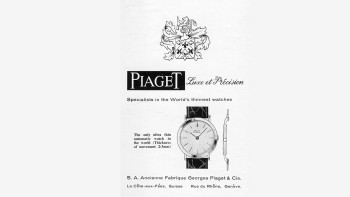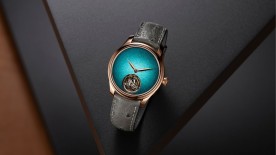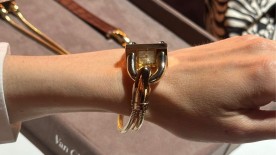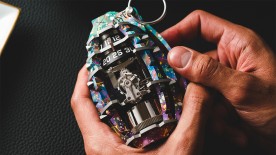If the genesis of ultra-thin mechanical calibers dates back to the origins of the Piaget manufacture founded in 1874, the name Altiplano appeared much later, for marketing reasons. In fact, the first "Altiplano" type pieces date back to the 1940s, a time when the manufacture positioned itself as the specialist in the world's thinnest watches. A 1948 in-house advertisement even presents a visual of the Altiplano as we know it today, accompanied by the tagline: "The only ultra-thin automatic watch in the world, movement thickness: 2.3 mm."
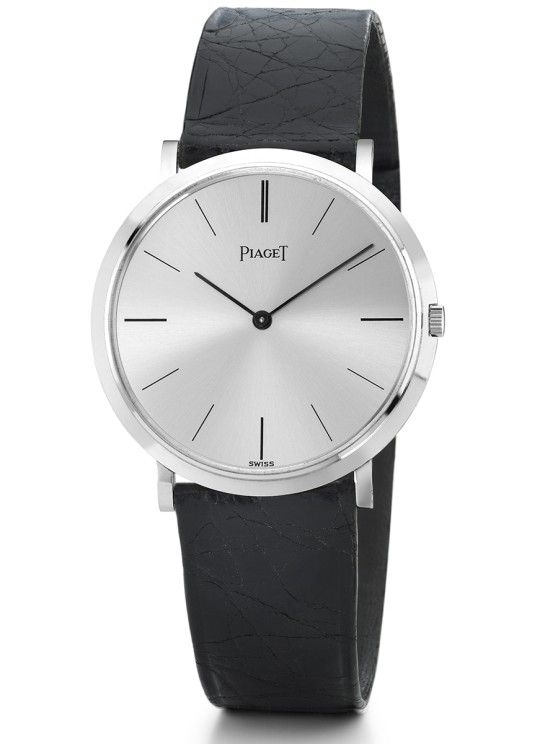
In fact, for decades, all in-house watches, regardless of their style and dimensions, were simply called Piaget. Everything changed in 1979 when the Polo collection was born, bringing together very luxurious yet sport-chic creations. The Altiplano joined this first collection in 1998, when Piaget decided to create a unique signature for its ultra-thin creations. Thus, the name Altiplano was officially created, clarifying things...
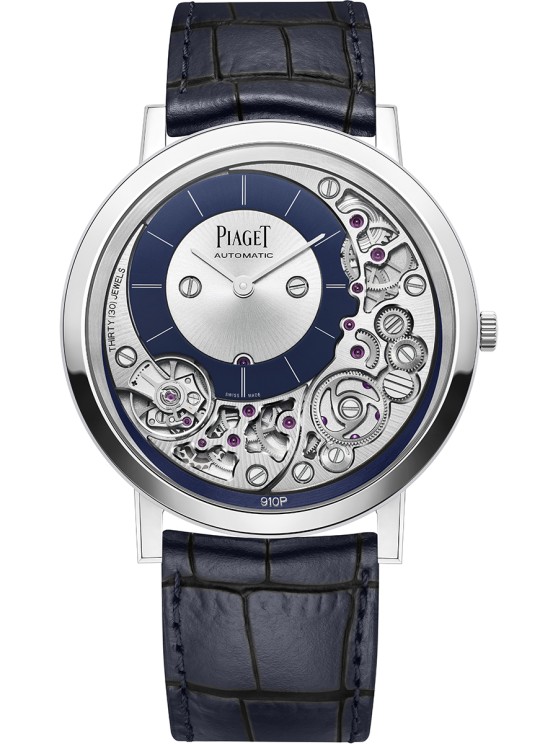
One can therefore speak of finesse as a legacy. Piaget has indeed cultivated the art of ultra-thin watchmaking since its inception. From its founding in 1874 by Georges-Édouard Piaget, the company focused on producing anchor escapements, the most delicate regulation system of all in watchmaking. From this precision manufacturing emerged, as early as the 1920s, a second specialty: designing, manufacturing, and finishing pocket watch movements of unprecedented thinness, reaching the threshold of 2.4 mm.
To achieve this, Piaget decided before all its competitors to become a true manufacture. How? By integrating all the watch manufacturing operations. The best way to fully master this demanding specialty of ultra-thin watchmaking was to develop its own calibers. These foundational mechanisms revolved around a thickness of 2 mm: the manually wound 9P caliber and its successor, the 12P automatic, barely 2.3 mm thick thanks to its revolutionary micro-rotor.
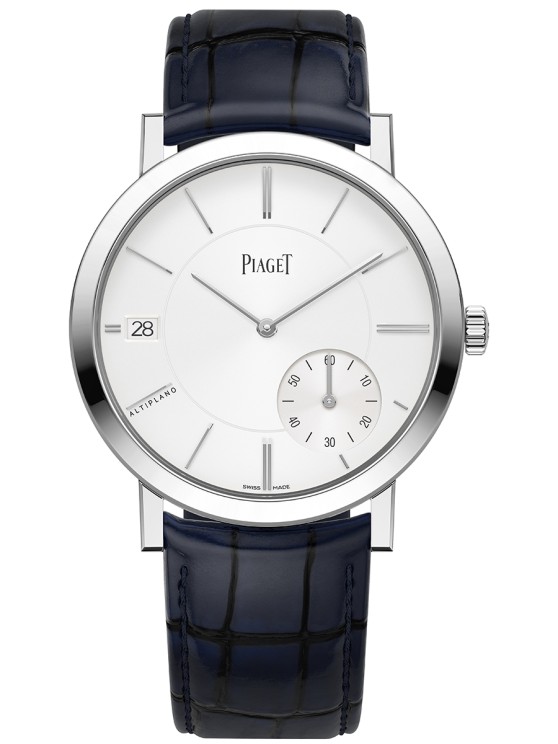
Two pillars without which Piaget would not have been able to create, as early as 1998, an ultra-thin collection under the name Altiplano. A collection that has today become the creative pillar of the manufacture, synonymous with minimalism, refinement, discretion, and extreme thinness—almost unthinkable.
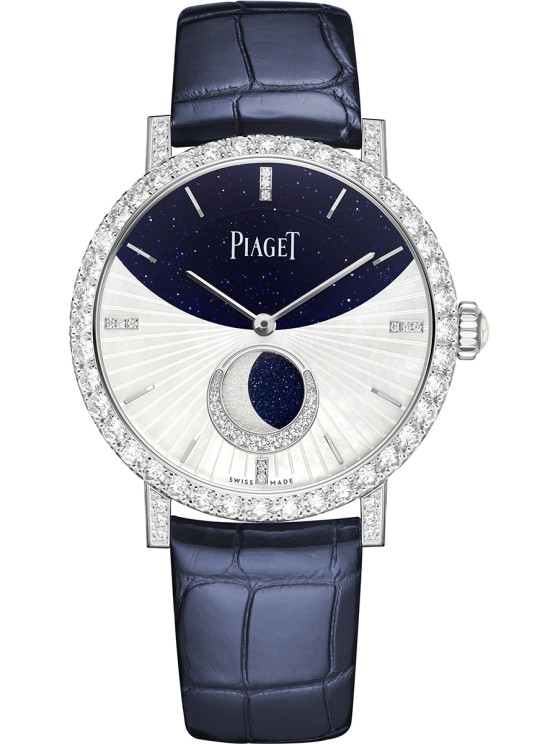
From then on, the Piaget manufacture has continually pushed the boundaries of thinness and broken world records. It was, in fact, an Altiplano that was among the commemorative pieces for Piaget's 150th anniversary, presented in 2024: the Piaget Altiplano Ultimate Concept Tourbillon 150th Anniversary, which boasts a total thickness of just two millimeters—not just for the movement, but for the case housing the movement. More precisely, for the case that is now one with the movement. A revolutionary piece that thus perpetuates Piaget’s nearly century-old tradition of ultra-thin watchmaking.
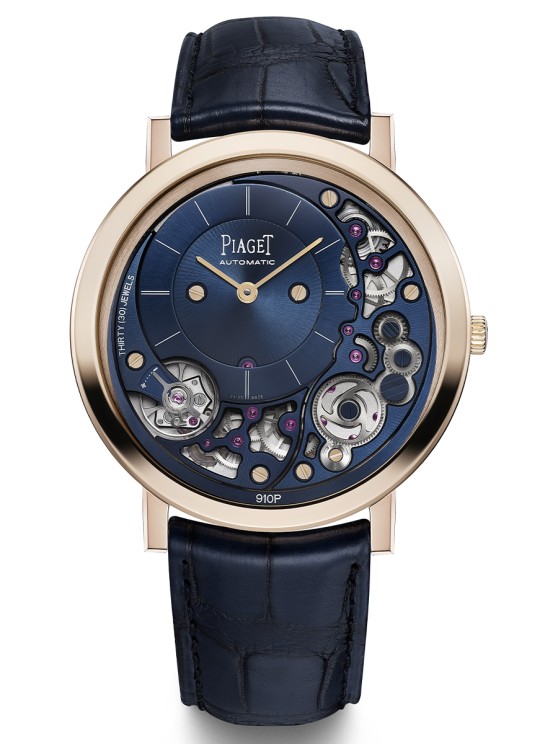
This means that the watchmaking world can expect, in the coming weeks, months, and years, to discover exclusive Piaget calibers, whether manually wound or automatic, but always increasingly thin...
